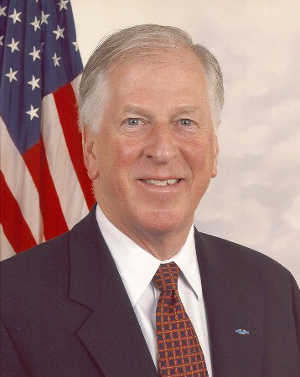- Christopher Veach
- Posted On
World of Words: Common Core at your library
If you’ve been hanging around a school lately you might have heard the term Common Core bandied about.
What is the Common Core?
Put simply, it’s a set of standards that describe what a student should know for each grade level in each subject.
For example, the Common Core Reading Standards for Literature state that students in third grade should be able to: “Describe characters in a story (e.g., their traits, motivations, or feelings) and explain how their actions contribute to the sequence of events.”
That’s just an example of one of the many standards in each subject.
In 2010, California adopted the Common Core State Standards.
Forty-five states have adopted these same standards, which makes changing schools much easier for students.
The Common Core standards are a major change in education requiring schools to change textbooks, curriculum, and instruction.
So what does the Common Core have to do with the library?
The Common Core is a great for libraries because of the focus the standards put on reading many different types of books.
The standards require students to be able to construct arguments that are supported with evidence.
Students need to be able to find and refer to primary source documents and other resources in all of their subjects, not just in English class.
This means that the library has a role to play in helping students build strong research skills and providing nonfiction materials to support their school work.
Here are a couple of books that Lake County Library system has purchased through a special California State Library program to develop library resources to support the Common Core standards.
Diary of Sallie Hester: A Covered Wagon Girl by Sallie Hester
The Common Core stresses the importance of looking at primary documents. In the subject of history primary documents are texts or other materials created during the time being studied.
This title is a collection of diary entries made by a real girl who was traveling west on the Oregon trial in the mid-1800s.
The book contains the real text of her diary entries, unedited, but with sidebar explanations and timelines to help put her words in context.
Recommended for children in grades fourth to sixth.
Frog and Toad Together by Arnold Lobel
A classic children’s book, this title is listed on the Common Core’s Appendix B, which is a list of texts to use as examples to find material that supports the common core.
The Frog and Toad series is great for new readers and the books contain simple text and pictures depicting the friendship of Frog and Toad.
Recommended for children in grades first to second.
Curiosity's Mission on Mars: Exploring the Red Planet by Ron Miller
The common core encourages reading in all subjects, including science and math.
This title contains a brief overview of the mission of the mars rover, Curiosity, presented in a way that makes it accessible to students.
The author compares many of Mars' geographical features to Earth to put them in a context that is easy to understand.
The book also provides the history of missions to Mars and speculates on the possibility of life there.
Moreover, the book can easily be used to demonstrate the scientific process.
Recommended for children in grades seventh and above.
These titles and many more can be found at your local library; check our Web site, www.library.lakecountyca.gov , for hours and availability.
To learn more about the Common Core visit www.corestandards.org .
Christopher Veach is the county librarian for Lake County, Calif.








